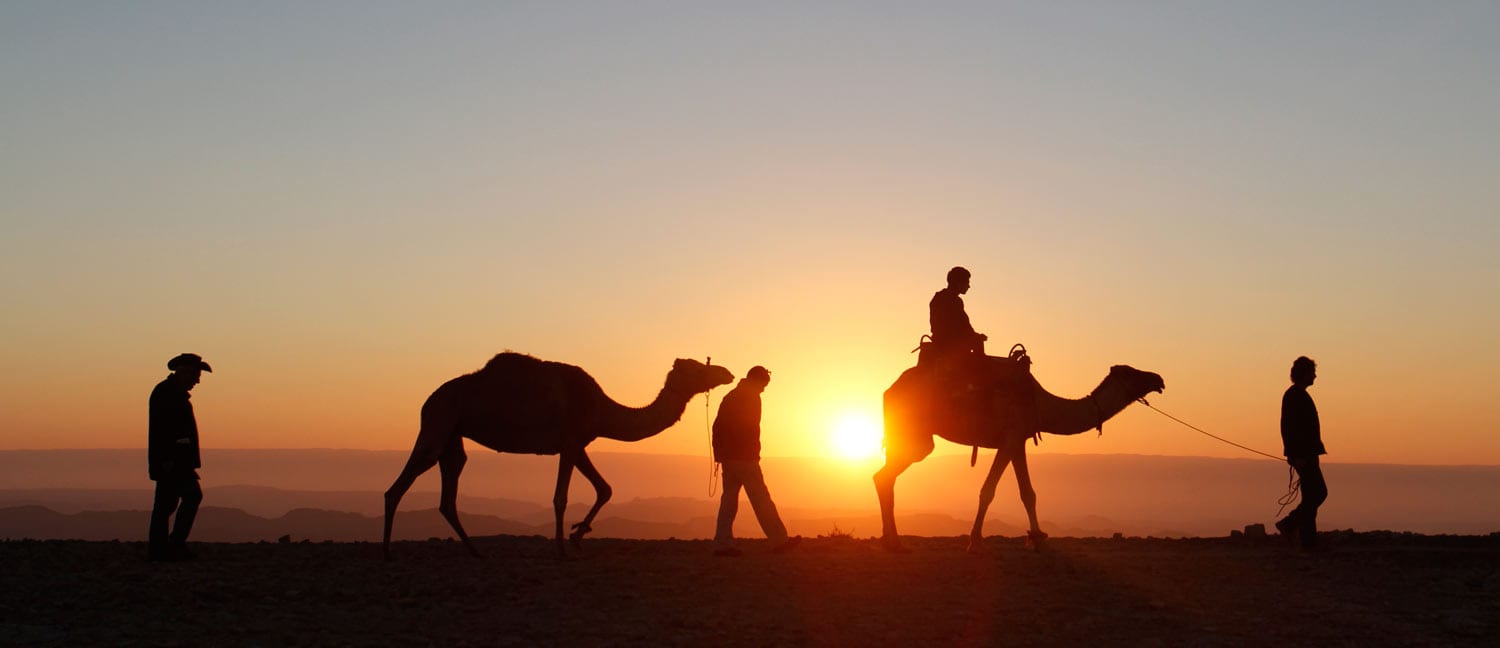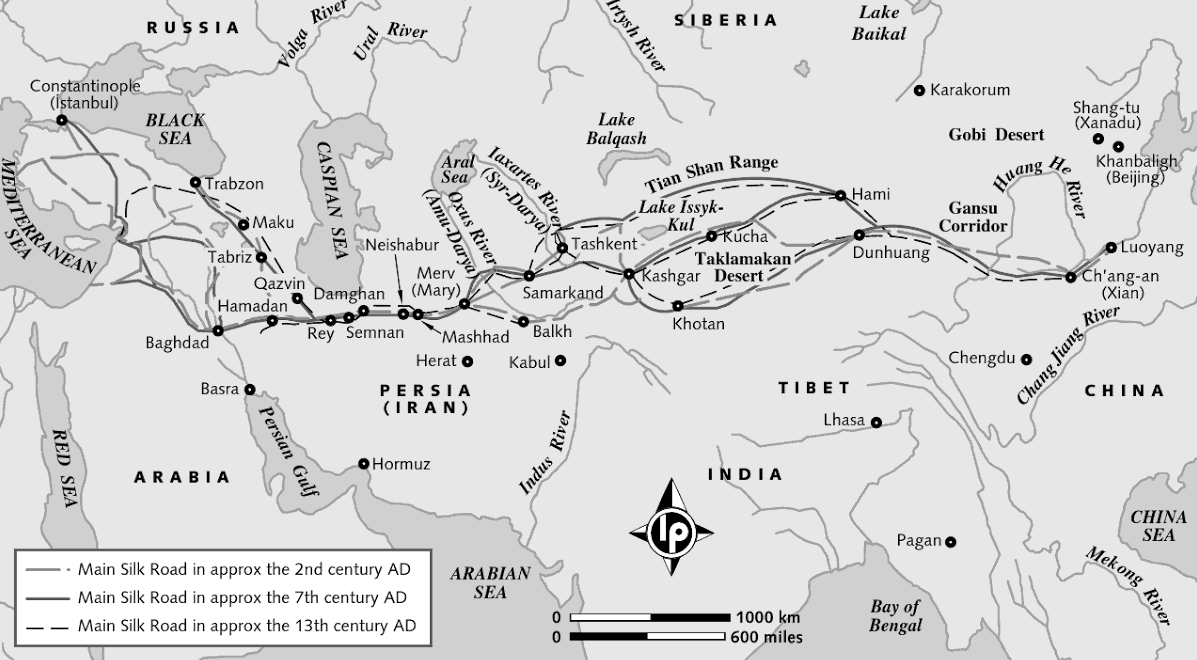Iran Silk Road Camel Tour

We are really excited to offer our new tour through the desert of Iran with a camel. Iran Silk Road Tour is a unique tour and you will be of the very few people who gets to travel across the one of the most important parts of cell growth on and off the camel just like Iranians in ancient times.

Contents
History of China Silk Road
The Silk Road or Silk Route was an ancient network of trade routes that were central to cultural interaction through regions of the Asian continent connecting the West and East from China to the Mediterranean Sea.
The Romans developed an expensive fixation with the fabric after their defeat at Carrhae in 53 BC, and within a few centuries it would become more valuable than gold.
The Romans even engaged in some early industrial espionage when the Emperor Justinian sent teams of spies to steal silk worm eggs in the 6th century.
It took many months to traverse the 8000km Silk Road route, though geographically it was a complex and shifting proposition. It was no single road, but rather a web of caravan tracks threading through some of the highest mountains and harshest deserts on earth. The network had its main eastern terminus at the Chinese capital Ch’ang-an (now Xian).
Caravans entered present-day Iran anywhere between Mery (modern Turkmenistan) and Herat (Afghanistan), and passed through Mashhad, Neishabur, Damghan, Semnan, Rey, Qazvin, Tabriz and Maku, before finishing at Constantinople (now Istanbul).
During winter, the trail often diverted west from Rey, passing through Hamadan to Baghdad. Caravanserais every 30km or so acted as hotels for traders; Robat Sharaf northeast of Mashhad is a surviving example.
Unlike the Silk Road’s most famous journeyman, Marco Polo, caravanners were mostly short- and medium-distance hauliers who marketed and took on freight along a given beat.
Goods heading east included gold, silver, ivory, jade and other precious stones, wool, Mediterranean coloured glass, grapes, wine, spices and – early Parthian crazes – acrobats and ostriches. Going west were silk, porcelain, spices, gems and perfumes.
In the middle lay Central Asia and Iran, great clearing houses that provided the horses and Bactrian camels that kept the goods flowing.
The Silk Road gave rise to unprecedented trade, but its glory lay in the interchange of ideas. The religions alone present an astounding picture of diversity and tolerance: Manichaeism, Zoroastrianism, Buddhism, Nestorian Christianity, Judaism, Confucianism, Taoism and shamanism coexisted along the ‘road’ until the coming of Islam. The Silk Road was eventually abandoned when the new European powers discovered alternative sea routes in the 15th century.
Iranians on the Silk Road

Tour of the Iran Silk Road
A tour of the Iran Silk Road is truly a journey into the ancient history and diverse culture of Iran quite unlike any other. The range of attractions is quite unsurpassed.
During this four day trip away from the hustle and bustle of everyday life, you’ll be travelling by camel just like merchants did for thousands of years across the Silk Road in a caravan.
You’ll eat camel kebab, pass across the salt lake and see local desert wildlife and plants.
Walking barefoot on soft sand, visit went well and the remains of the Sefidab Caravanserai, the Kings’ Harem, camping in the desert and staying at the Caravanserai after seeing Kavir National Park are only a few features of this once in a lifetime trip.
The Silk Road has everything you need for a rich cultural journey into the heart of Iran’s past. If you are interested to join our group please read more details in the tour itinerary by click here and book the next trip.




